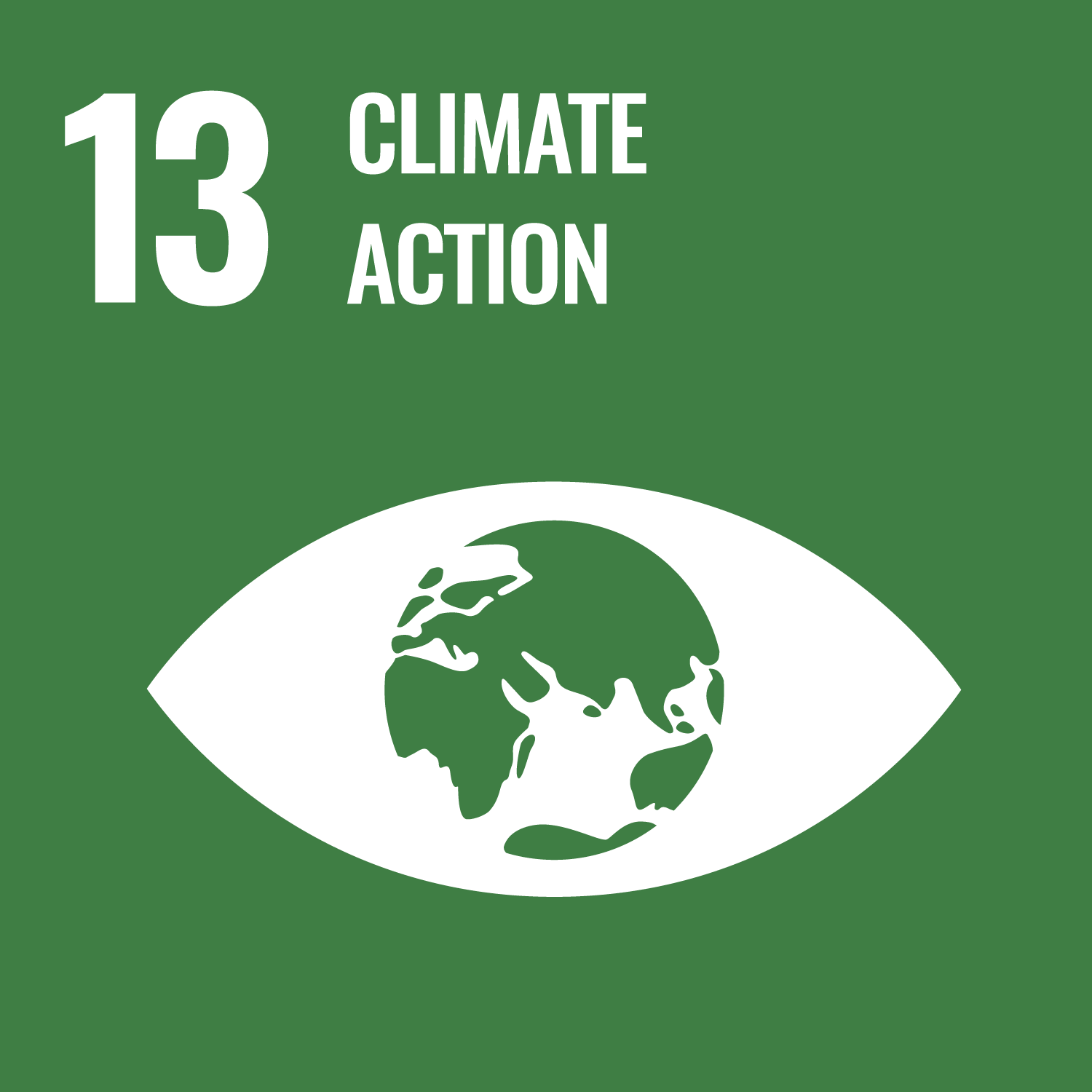Langford, B., House, E., Valach, A. C. et al. (13 more authors) (2022) Seasonality of isoprene emissions and oxidation products above the remote Amazon. Environmental Science: Atmospheres. pp. 230-240. ISSN: 2634-3606
Abstract
The Amazon rainforest is the largest source of isoprene emissions to the atmosphere globally. Under low nitric oxide (NO) conditions (i.e. at NO mixing ratios less than about 40 pptv), isoprene reacts rapidly with hydroxyl (OH) to form isoprene-derived peroxy radicals (ISOPOO), which subsequently react with the hydroperoxyl radical (HO2) to form isoprene epoxydiols (IEPOX). IEPOX compounds are efficient precursors to the formation of secondary organic aerosols (SOA). Natural isoprene emissions, therefore, have the potential to influence cloudiness, rainfall, radiation balance and climate. Here, we present the first seasonal analysis of isoprene emissions and concentrations above the Amazon based on eddy covariance flux measurements made at a remote forest location. We reveal the forest to maintain a constant emission potential of isoprene throughout the year (6.9 mg m-2 h-1). The emission potential of isoprene is calculated by normalising the measured fluxes to a set of standard conditions (303 K and 1500 mmol m-2 s-1). During the wet season a factor of two reduction in absolute emissions was observed but this is explained entirely on the basis of meteorology and leaf area index, not by a change in isoprene emissions potential. Using an innovative analysis of the isoprene fluxes, in combination with measurements of its oxidation products and detailed chemical box-modelling, we explore whether concentrations of IEPOX follow the same seasonal cycle as the isoprene precursor. Our analysis implies that during the dry season (Sep–Jan) air pollution from regional biomass burning provides a modest increase in NO concentrations (indirectly inferred from a combination of other anthropogenic tracer measurements and box-modelling) which creates a competing oxidation pathway for ISOPOO; rather than forming IEPOX, alternative products are formed with less propensity to produce aerosol. This competition decreases IEPOX formation rates by a factor of two in the dry season compared with a scenario with no anthropogenic NO pollution, and by 30% throughout the year. The abundance of biogenic SOA precursors in the Amazon appears not to be dictated by the seasonality of natural isoprene emissions as previously thought, but is instead driven by regional anthropogenic pollution which modifies the atmospheric chemistry of isoprene.
Metadata
| Item Type: | Article |
|---|---|
| Authors/Creators: |
|
| Copyright, Publisher and Additional Information: | © The Royal Society of Chemistry 2022 We demonstrate the Amazon rainforest to maintain a constant isoprene emission potential, with the factor of two reduction in emission observed during the wet season explained entirely by meteorology and leaf area. Although isoprene emission rates are twice as large in the dry season, we suggest that widespread biomass burning at this time leads to modest increases in NO, which serves to suppress the formation of isoprene epoxydiol (IEPOX) secondary organic aerosol precursors by up to a factor of two. Rather than reacting with HO2 to form IEPOX, the isoprene peroxy radicals have an increased opportunity to react with NO. Therefore, the seasonal cycle in aerosol precursors in Amazonia is regulated, not by the availability of isoprene, but by anthropogenic biomass burning. |
| Keywords: | ISOPRENE CHEMISTRY,AMAZONIAN FOREST,Biomass burning,MASTER CHEMICAL MECHANISM,AEROSOL FORMATION,CLIMATE |
| Dates: |
|
| Institution: | The University of York |
| Academic Units: | The University of York > Faculty of Sciences (York) > Chemistry (York) |
| Depositing User: | Pure (York) |
| Date Deposited: | 01 Feb 2022 15:00 |
| Last Modified: | 20 Sep 2025 01:42 |
| Published Version: | https://doi.org/10.1039/d1ea00057h |
| Status: | Published |
| Refereed: | Yes |
| Identification Number: | 10.1039/d1ea00057h |
| Sustainable Development Goals: | |
| Open Archives Initiative ID (OAI ID): | oai:eprints.whiterose.ac.uk:183129 |


 CORE (COnnecting REpositories)
CORE (COnnecting REpositories) CORE (COnnecting REpositories)
CORE (COnnecting REpositories)